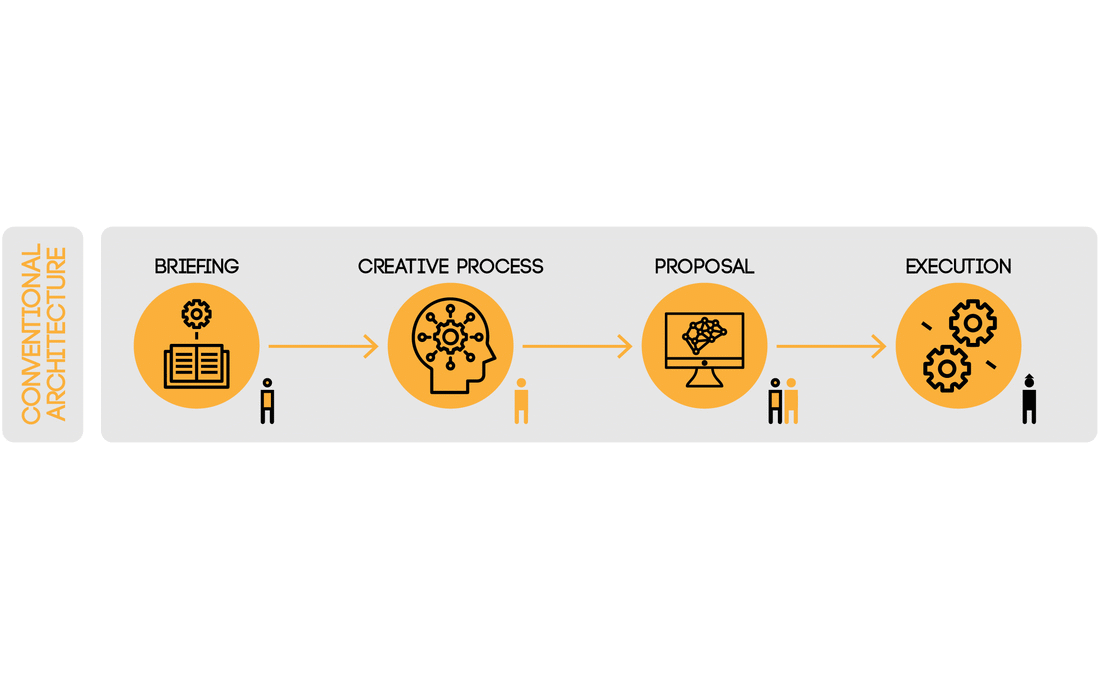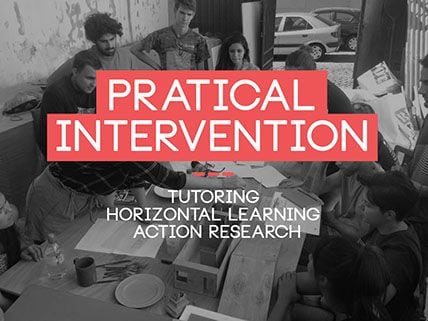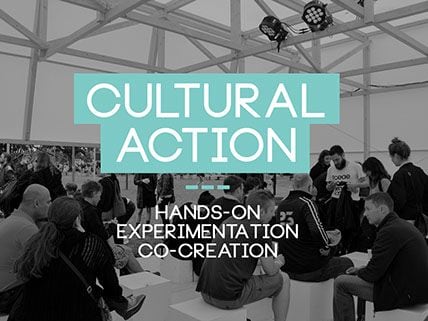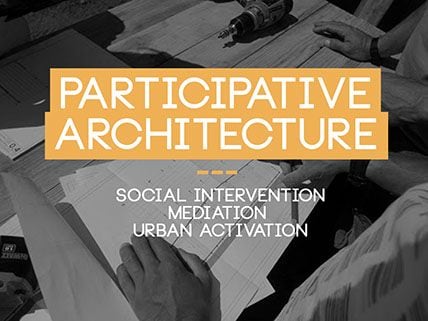Warehouse’s Process

Warehouse Fields of Action

Tutoring
The construction workshops developed by the Collective are always anchored in an open design. Knowledge is shared bilaterally through experience exchange between tutors and participants.
These workshops are usually developed in partnership with Universities or other entities that wish to offer a practical experience to their participants.
In addition to theoretical knowledge gains, attendees have the opportunity to actively participate in the construction and development of the project, thus becoming an even more rewarding task.
Horizontal Learning
The projects developed by the Warehouse reflect the openness principle that guides us, which is associated with an ethical position of equality. Despite the difficulty in undertaking projects without any kind of hierachy, the Warehouse’s activities promote knowledge-sharing and the participation of involved, under the motto of Horizontal Learning. Specifically, this guidance allows us to deepen our field knowledge through sharing experiences with specialists from a variety of fields and crafts, from carpentry technicians to anthopologists.
Action-research
Given nowadays’ frenetic outline, it is necessary to be constantly updated. In order to monitor the latest trends and concepts related to the Collective fields of action, the search for fresh information and regular investigations are required.
Research creates the necessary structure to make the collective practice more organized and consistent.
The result of our research is then tested through practical intervention, which allows for the Collective’s concepts and methodologies to be constantly matured.

“Hands-on”
The hands-on approach has always been cross-cutting to the Collective’s activities, having even become a significant part of its identity.
In addition to the inherent competences of architecture knowledge, such as the creative process, mediation, technical aptitude and conceptual design, the collective encompasses the ability to build its own projects.
This competence is a surplus value in developing projects of a cultural scope. In the same entity, we’re able to combine creativity to conceive and ability to realize.
Experimentation
Experimentation as a creative method is a key part both in the design and in the construction phases of the projects. In order to differ from ordinary conventions and solutions, this method encourages the achievement of innovative results.
The collective tries to differentiate itself in the cultural panorama through experimentation, an incessant search for new ways of operating, innovative constructive methods and different uses for common objects and materials.
Co-creation
The organization of Warehouse as a collective instead of a typical architecture office highlights a collaboratively way of operating. The group believes that projects with co-creation achieve better results.
By opening the design to discussion, projects are more receptive to inputs given by colleagues, volunteers or members of the communities.
This collaborative process also translates into interdisciplinary cultural projects in which artists from other areas and collaborators with different backgrounds and skills contribute to the final product.

Urban Activation
Initiatives to activate urban space usually emerge from bottom-up approaches with the aim of revitalizing neglected spaces in the city.
The collective turns to tools and methodologies of participation to encourage the involvement of local communities and the numerous agents involved in the process. Participatory processes achieve more consistent and lasting results, which are difficult to obtain in superficial interventions.
Mediation
The role of the architect as a mediator – once evident in the coordination of specialities and in the relationship with clients – is in our case transposed to the mediation between communities, local authorities and other social agents. This attitude denotes a vision of the architects’ role as more participative and more active in today’s society.
Only through the mediation processes we can expect to achieve a truly participatory architecture, fostering the active role of communities in the decision process of projects.
Social intervention
The Warehouse’s social consciousness relies on providing architectural services to a section of society that is generally unable to obtain them. Through awareness of these practices and the search for financial support, it is intended to combat the idea of charity.
The communities’ participation in the interventions that are planned for them is the cornerstone for a successful project with social character.
